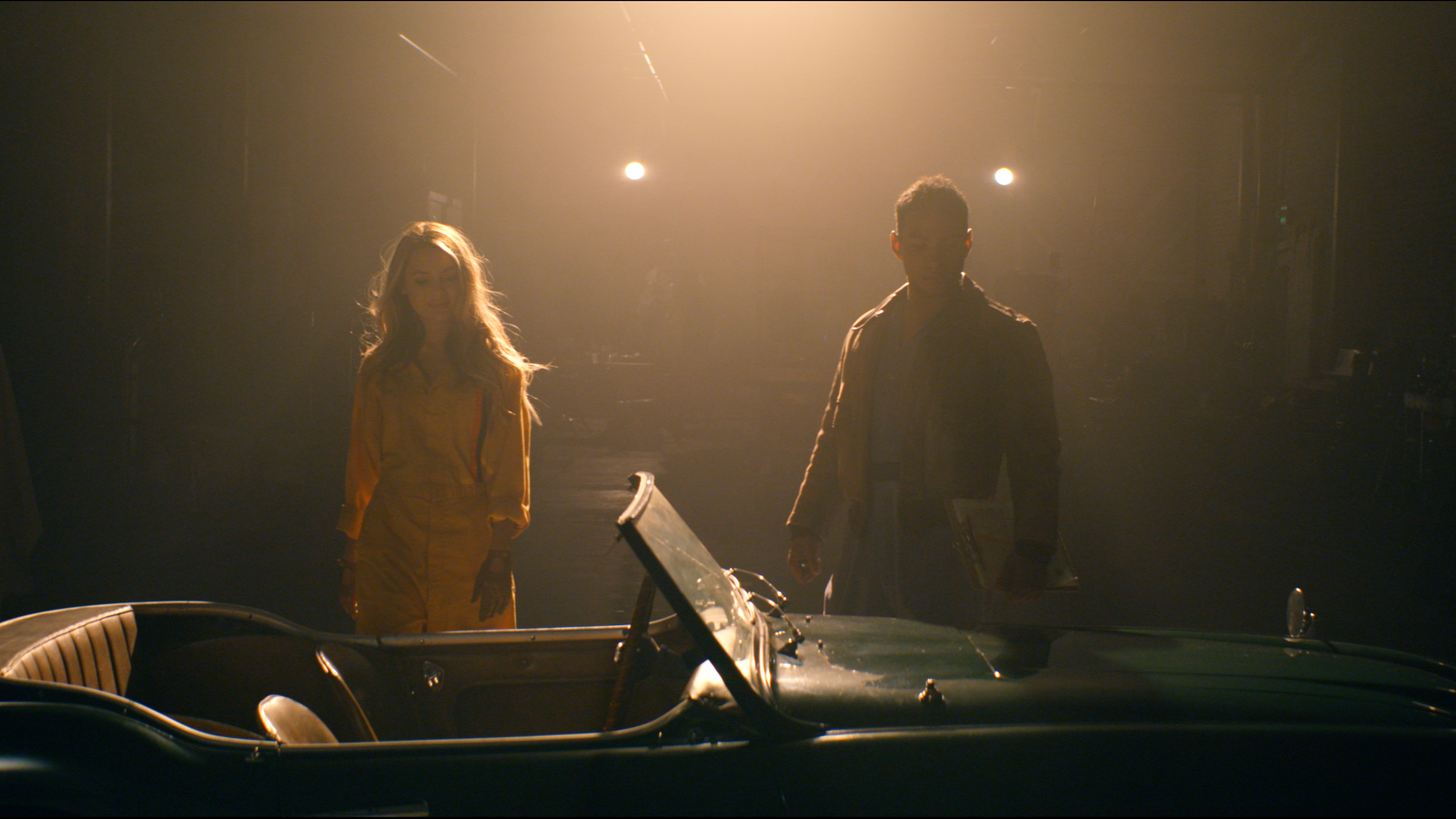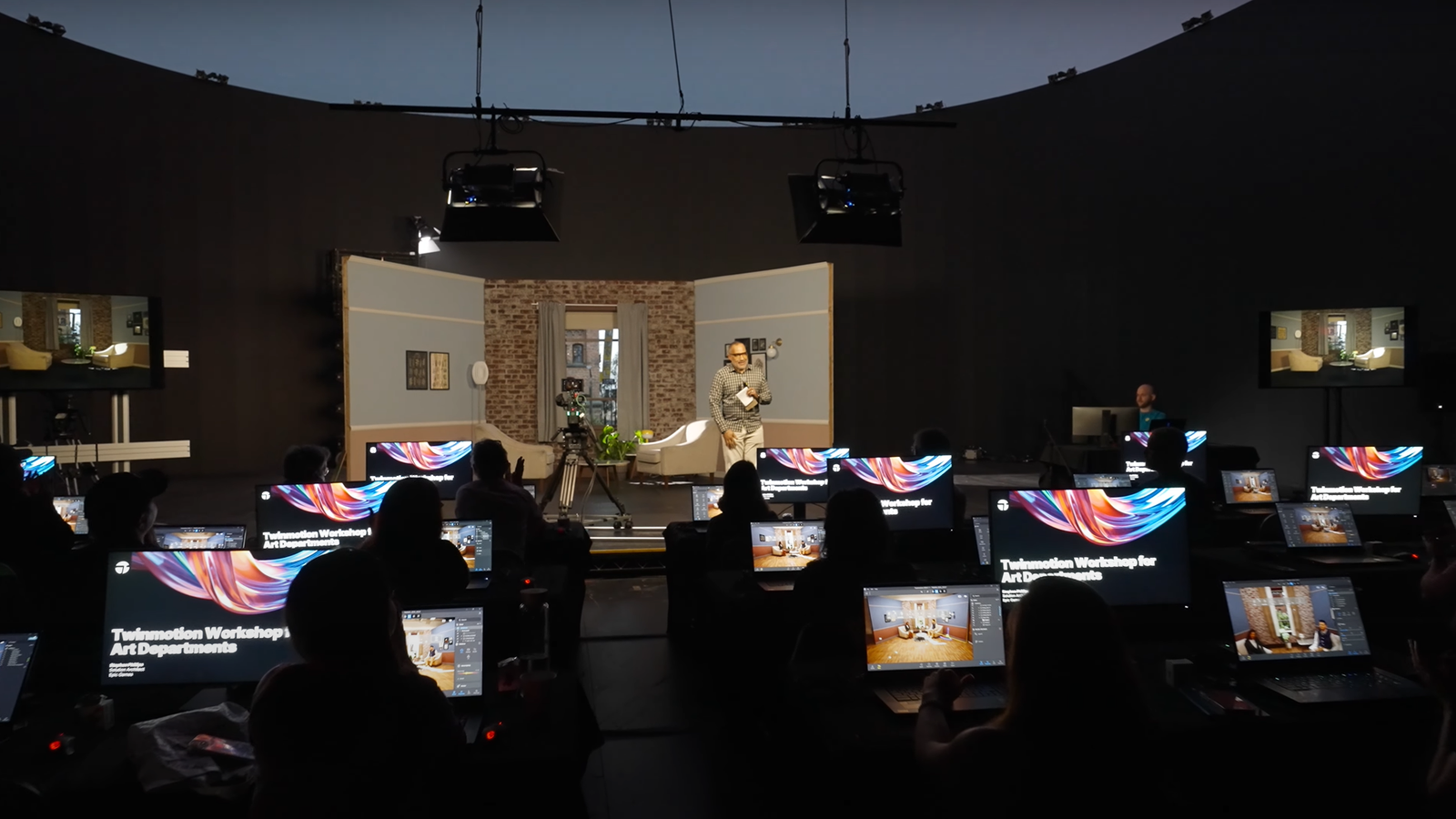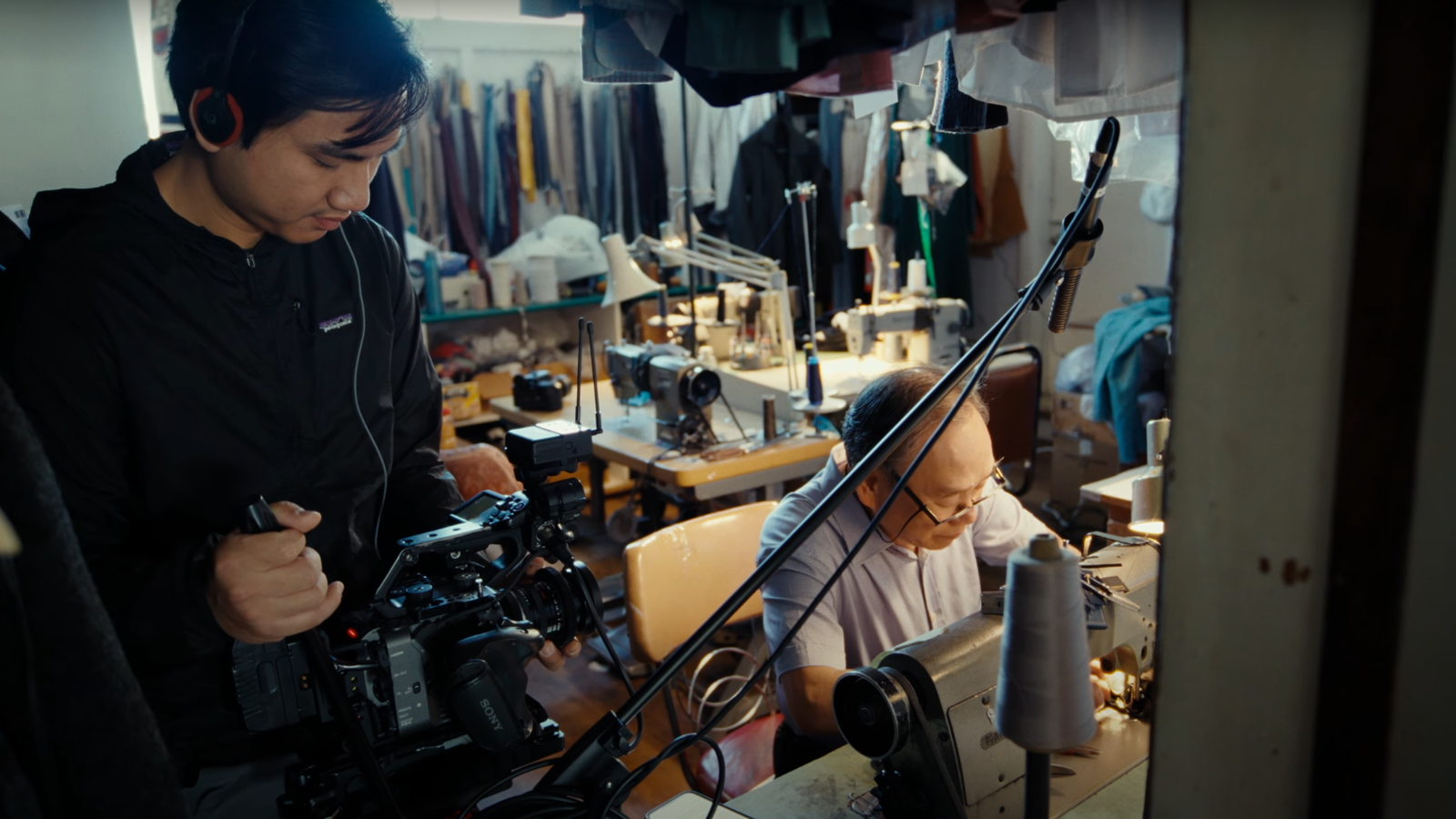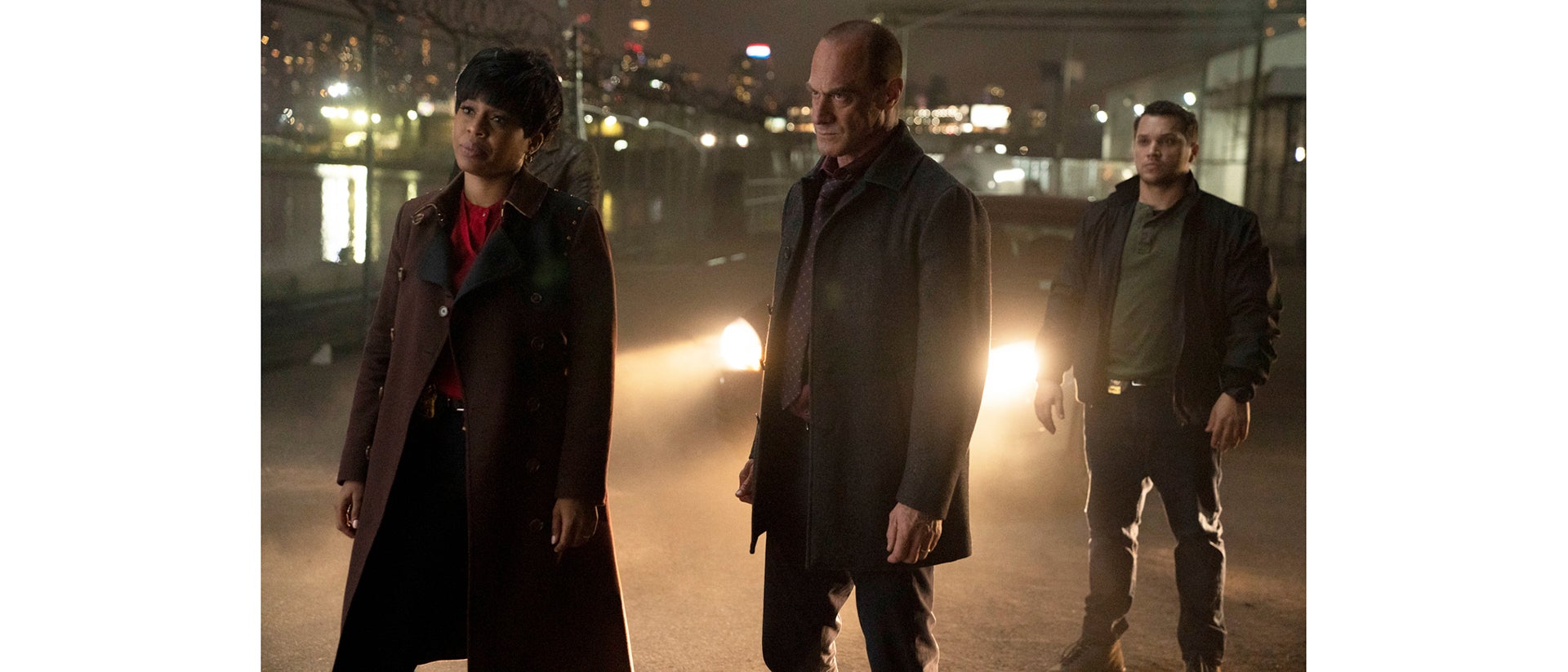
01-10-2022 - Case Study, Gear, Technology
Shot on VENICE - Jim Denault, ASC, Shines Light on “Law & Order: Organized Crime”
By: Suzanne Lezotte
For over 40 years, producer Dick Wolf has supplied crime dramas for insatiable audiences. Since the original “Law & Order” in 1990, the franchise has spawned six police/courtroom dramas and four international spinoffs. In 1999, the most recent franchise to air was “Law & Order: SVU,” which deals specifically with investigative crimes of a sexual nature. The show became the longest running primetime show after it’s 21st season, and is now in its 23rd season. Naturally, it was time for a spinoff. The premise of “Law & Order: Organized Crime” is the return of Elliot Stabler (Chris Meloni), who disappeared after the last episode of season 12 of “Law & Order: SVU.” “It was hardly mentioned at the beginning of season 13; he’s just gone,” said cinematographer Jim Denault, ASC (“Pitch Perfect 2,” “Bad Moms,” “What Men Want,” “The Affair,” “Yellowstone”) who photographs the new show (DP Jack Donnelly alternates Season 2). Stabler comes back to work on a task force that concentrates on organized crime, and a ring that possibly had ties to the death of Stabler’s wife, which is referred to in the premiere episode.
“When they called me about ‘Law & Order: Organized Crime,’ my agent told me the line producer, Terry Miller, was a really nice guy and I should talk to him,” explained Denault. “They gave me a good sales pitch and I was sold.” Initially, Denault was hesitant about following a previous show with its own defining look. “My first question was, how much do we have to adhere to SVU and the original look?” he asked. “They told me it was a clean slate, which was motivation for me to feel that my crew and I could go in and stake out our territory.”
Producing director Fred Berner had some strong ideas about what he wanted the show to look like, including a scene that takes place at the Wonder Wheel at Coney Island. Denault explained that they switched the show runner during prep, but the Wonder Wheel scene survived. “I’m pretty sure it was a ‘Third Man’ reference, so I asked myself, where do I go with that? My intent focused on a film noir look, with bold graphics and black blacks. I wanted to utilize a fair amount of contrast that maybe we haven’t seen on TV lately.” Other references Denault utilized included fine art photographers and journalists. “I will put together a pile of photos, which typically includes some fashion photography, fine art photography, my own still photographs; whatever is inspiring me at the moment. What I look for are examples of light, color and framing that indicate where I would like to go with the look of the show,” he explained. “If I can find something that represents what I am looking for in all three elements at the same time, I’m usually startled. I will do a fair amount of color correction to the photos I choose in order to create examples of what I am after.”
During preproduction Denault shot some tests that included day exteriors, with a variety of skin tones, “and then I did a bit of interior portrait-style lighting.” This footage was used as test material to create a show LUT with a key collaborator, colorist Skip Kimball at Company 3. Using the photographs Denault had assembled as a reference, he and Kimball had a color session to create a show LUT. The dailies colorist also sat in on this session. “Just by observing the conversation, the dailies colorist understood what we were after for the look of the show. This way, everyone was on the same page; especially helpful with episodic, because I don’t really have time to write copious notes.” “Dick Wolf has a system in place working with dailies colorists who use Fotokem’s NextLab system. It’s a template for his shows. I am very familiar with NextLab, and it fits well with how I like to work.” Denault explained that with digital cinematography, “if everyone has their monitors calibrated, and we all have our show LUT, the dailies colorist should see what I see on set as a starting point and can just smooth it out from there. It’s an easy transition.”
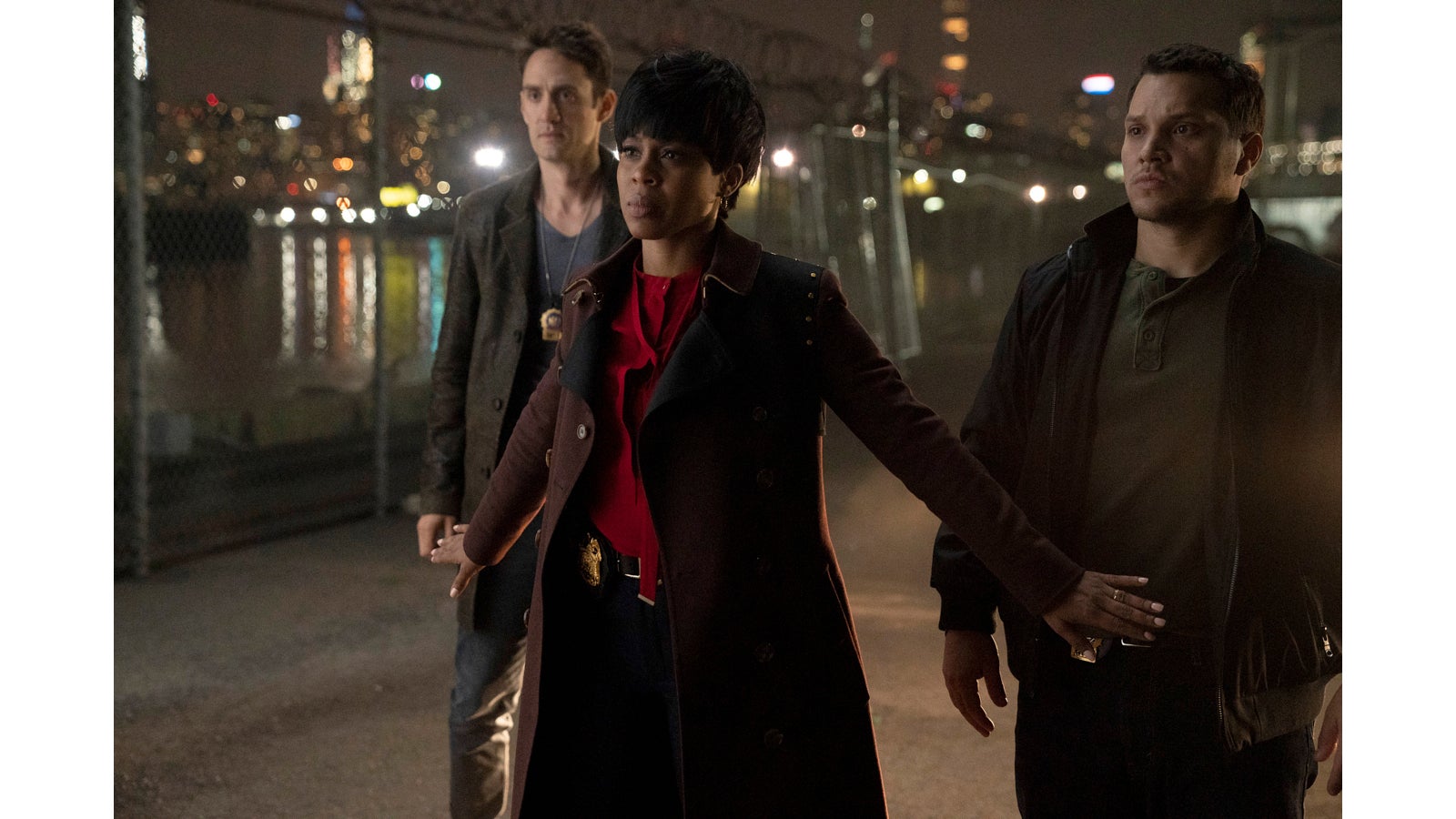
Photo by: Virginia Sherwood/NBC
Typically, the Dick Wolf shows shoot with ARRI Alexa. Since their deliverables are HD and not UHD. “I gave them a few good arguments in favor of the VENICE: the ability to save time on set and shoot places we wouldn’t be able to otherwise.”
“The main reason I wanted to shoot with VENICE was because of the 2500 base ISO,” said Denault. In 2018, he re-teamed with director Jim Field Smith to shoot a pilot for Bad Robot. “We were both very familiar with the Alexa, had used it before, and wanted to use it for this project, too. Bad Robot were insisting on “native 4K.” The VENICE had just been introduced a few months before, so we decided to do a test. Our pre-production camera bake-off convinced us that the VENICE was a wonderful production camera; capable of producing beautiful images with a very camera assistant-friendly menu structure.”
“And then there is 2500 ISO. Almost any modern production camera is capable of making beautiful images, so for me, the choice has to do with what that camera is like to work with: the process, the physical package, how robust is it, how sturdy is it? I chose VENICE for all those things. Add the 2500 base ISO into the equation and suddenly you can do amazing things. For ‘Organized Crime,’ 2500 is part of our workflow. We have our stage sets lit for shooting 2500. Aside from bringing an incredible realism to the lighting, it saves money on lighting gear, and it gives us a lot of flexibility and speed.”
In his rental package from Panavision, Denault included the Leica Summilux-C lenses. “The pilot had a lot of low-light situations—chases through tunnels that didn’t have a lot of light, the Wonder Wheel—and I wanted to be able to open up,” he explained. “Going back to the film noir references, they were all super sharp and crisp. What was prized about those movies was not just bold contrast and lighting, but having the images sharp and immediate. The Leica lenses are very clean, and they have a restrained flare, so when you have light sources in the shot you can do some really cool things with the flare, but it doesn’t blow your image away. They don’t have a huge personality; they are very transparent. That was part of the look for this show for me, to keep it very clean, very unaffected in that way. If I need to soften the look, I’ll do it with lighting.”
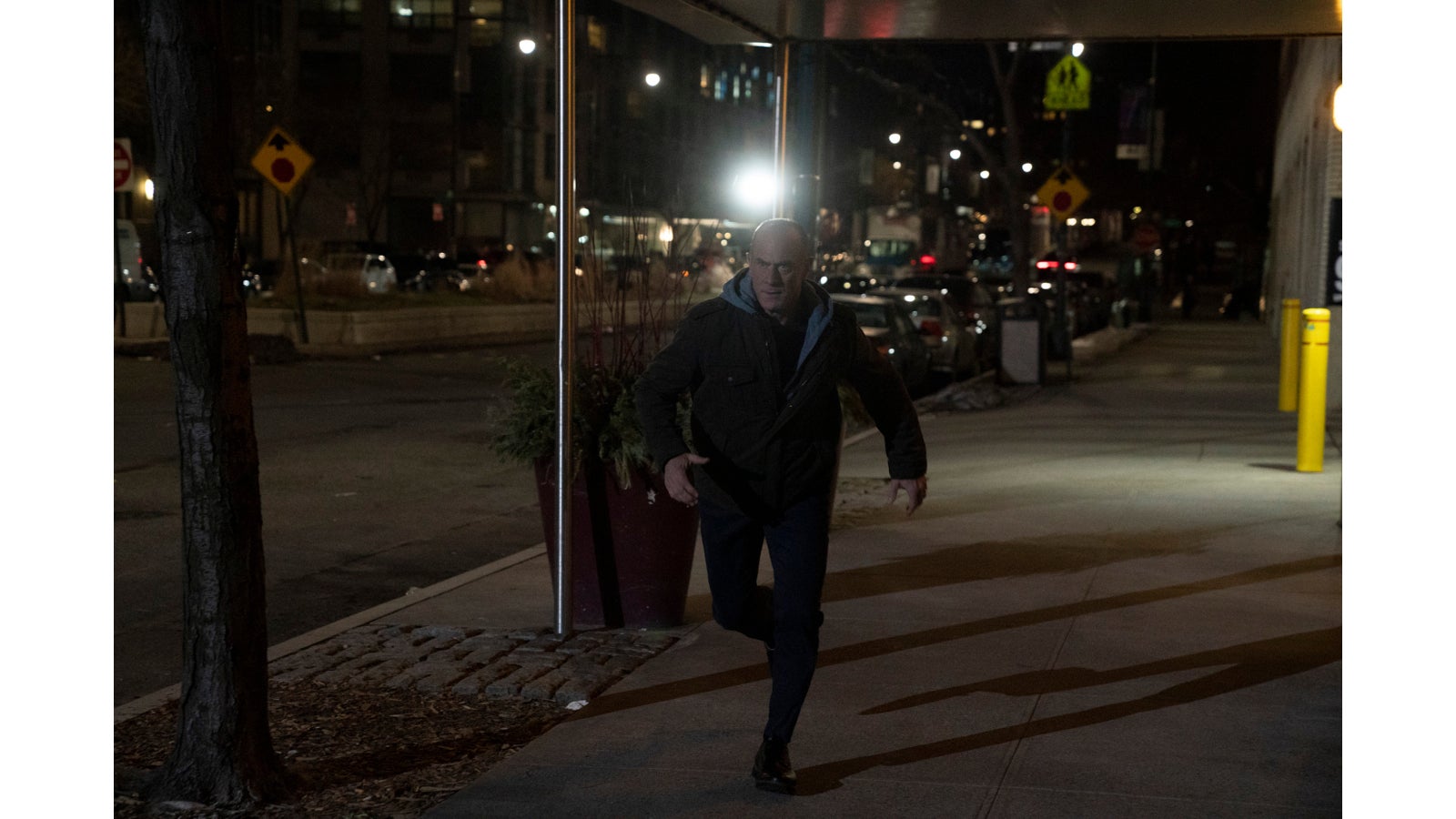
Photo by: Virginia Sherwood/NBC
For the epic Wonder Wheel scene, Denault worked with the special effects team and added Tubes of Death to create a foggy atmosphere. “What the haze did is lift the black in a very punchy, noir kind of way,” he explained. “If we hadn’t been shooting ISO 2500, I would have had to add a lot of lights. We had two ETC Source Four ellipsoidal lights on stands down at the bottom of the Wonder Wheel. It’s a tiny amount of light for such a large object, but suddenly the wheel becomes visible, with two lights you could plug into a house plug. By working at those levels and incorporating the Wonder Wheel’s practicals, the camera is seeing it the way our eyes perceive the world. I could have lit it to a higher level, but this way, I’m able to use the existing lights in a way that feels more authentic.”
Production designer Carlos Menendez and his team made a replica of one of the gondolas on stage, because Denault knew his crew couldn’t shoot that scene 150 feet up in the air. “We created an arm that swung around to simulate the girders at the circumference of the wheel, on which we mounted neon lights to match the location. As it goes around, the moving neon lights created a very convincing effect.” Denault needed to shoot plates and enlisted Lee Kazista at Monster Remotes to help. “The park let us take off one of the cars on the Wonder Wheel and we used an array of eight Sony A7s mounted on a Libra stabilized head, hanging in place of the missing gondola car. The team at Monster Remotes made a special plate to hold all these cameras, so what you see in the background when the Richard Wheatley (Dylan McDermott) and Manfredi Sinatra (Chazz Palminteri) are in the car are all plates we shot. Key Rigging Grip Bob Izzo created a low-tech gimbal rig that held an A7s outside the edge of the Wonder Wheel, which created the views out the sides of the car. The colors matched easily with the VENICE, which is a testament to the Sony ecosystem. It was seamless.”
In an episode in which the Wheatley family plots to steal a shipment of vaccine vials, Denault said the nighttime heist was his favorite part of the episode. “We lit the heist with three boom lifts carrying LRX 18Ks. They were all a half-mile away, but we were able to get a 2.8 at 2500 ISO,” he explained. “During the heist, there is a lot of ‘run and gun.’ We had a gimbal hanging out of the side of a car, and drove ¼ mile down the road.”
“To make a night exterior realistic, you want a light further away, so the light level stays the same across the area you are driving through. It was nice to have the higher ISO to give us a stop we could work with. In terms of the color references, one of the things I built into our LUT is a bit of a blue cast in the shadows. As it gets darker, it gets a little bluer. The LUT has that personality, that blue comes through in a strong way in this scene.”
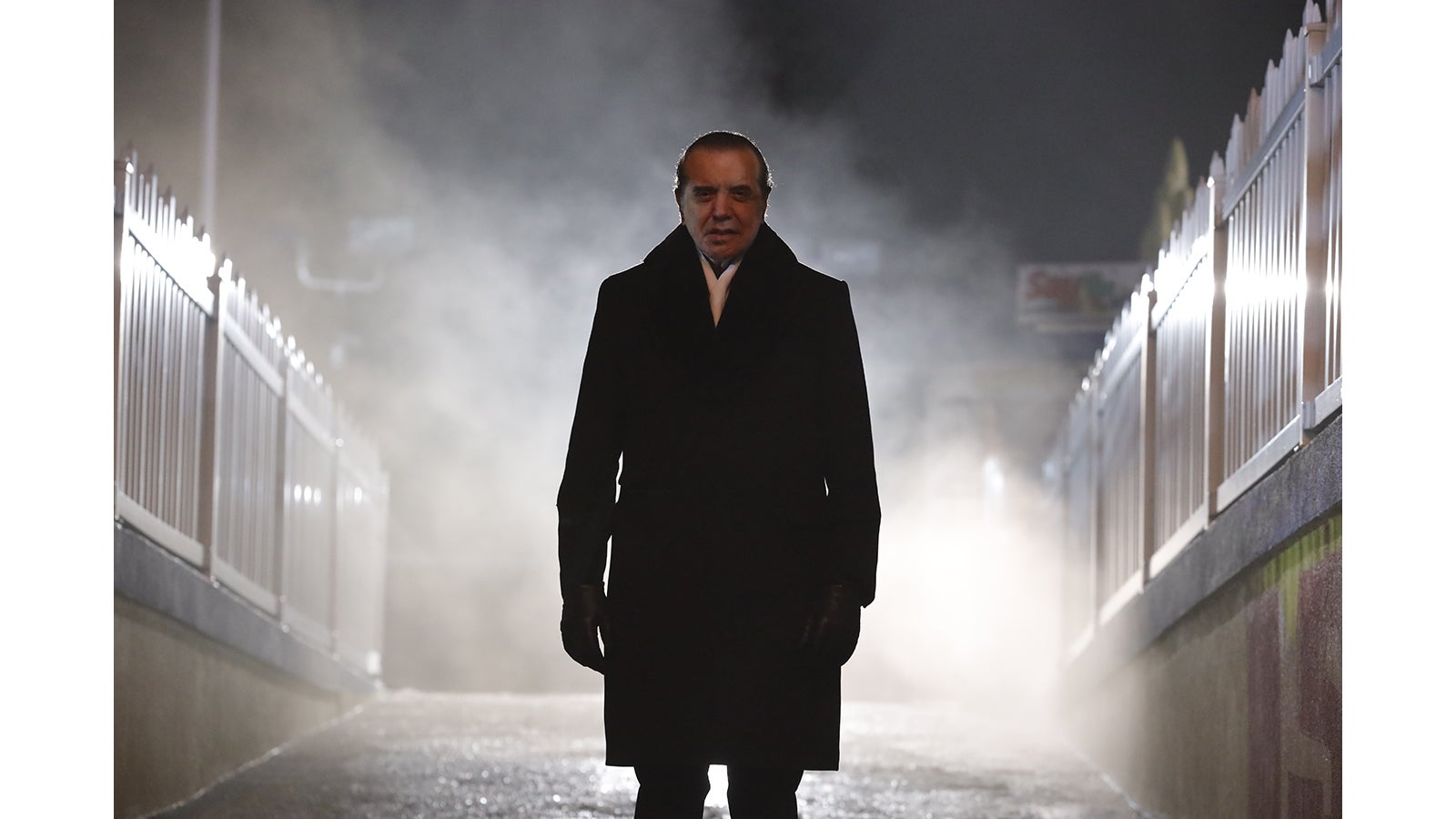
Photo by: Will Hart/NBC
Because the vaccines have to be refrigerated, the criminals use a warehouse called Nitro Nibbles to store them. “We were shooting at a location that manufactures stainless steel subway signs. It’s a big CNC manufacturing shop. We built the freezer in the loading dock.” Denault said. “The sequence takes the Organized Crime team all through the large facility, covering a lot of territory, and we had only half a day to light and shoot. To run that much cable would have been a big logistic challenge. Because of the sensitivity of the VENICE we were able to light almost entirely with battery-powered Astera lights We came up with a color palette we thought would look cool, and the electricians were able to quickly reposition the Asteras, lining them up with the shot.” Asteras are designed for impromptu parties & temporary clubs, which means they are designed to be easy to program. Lighting programmer Jeff Brink could control them from his iPhone, so he was able to stay close to camera, which really helps keep things working smoothly.
Director Ken Girotti devised a wonderful oner for the scene when Stabler and Bell investigate the aftermath of the truck hijacking. Our Steadicam Operator Jon Beattie, created stunning compositions in true film-noir style, all of it happening when the sun was just barely above the horizon. It was just beautiful.”
For Denault, his prep work involved asking for a floor plan for sets before they were built. “The way episodic television is scheduled there is usually very little time allowed for us to actually design and install the lighting for sets, even ones that will be amortized over many seasons. I have worked on standing sets where we were still living with problems coming from decisions made five years and two DPs earlier. So I try to be very careful when thinking about the initial lighting design for long-term sets. If it’s a complicated set, I’ll build a simple model in Vectorworks to look at. I can quickly simulate the lighting through windows and explore a wide range of moods based on whatever opportunities the sets offer. This helps me explore the set before it is finished, and figure out, with a fair degree of accuracy, how many lights we need and where to place them, and in the end come up with drawings that are easy for the crew to understand and execute.”
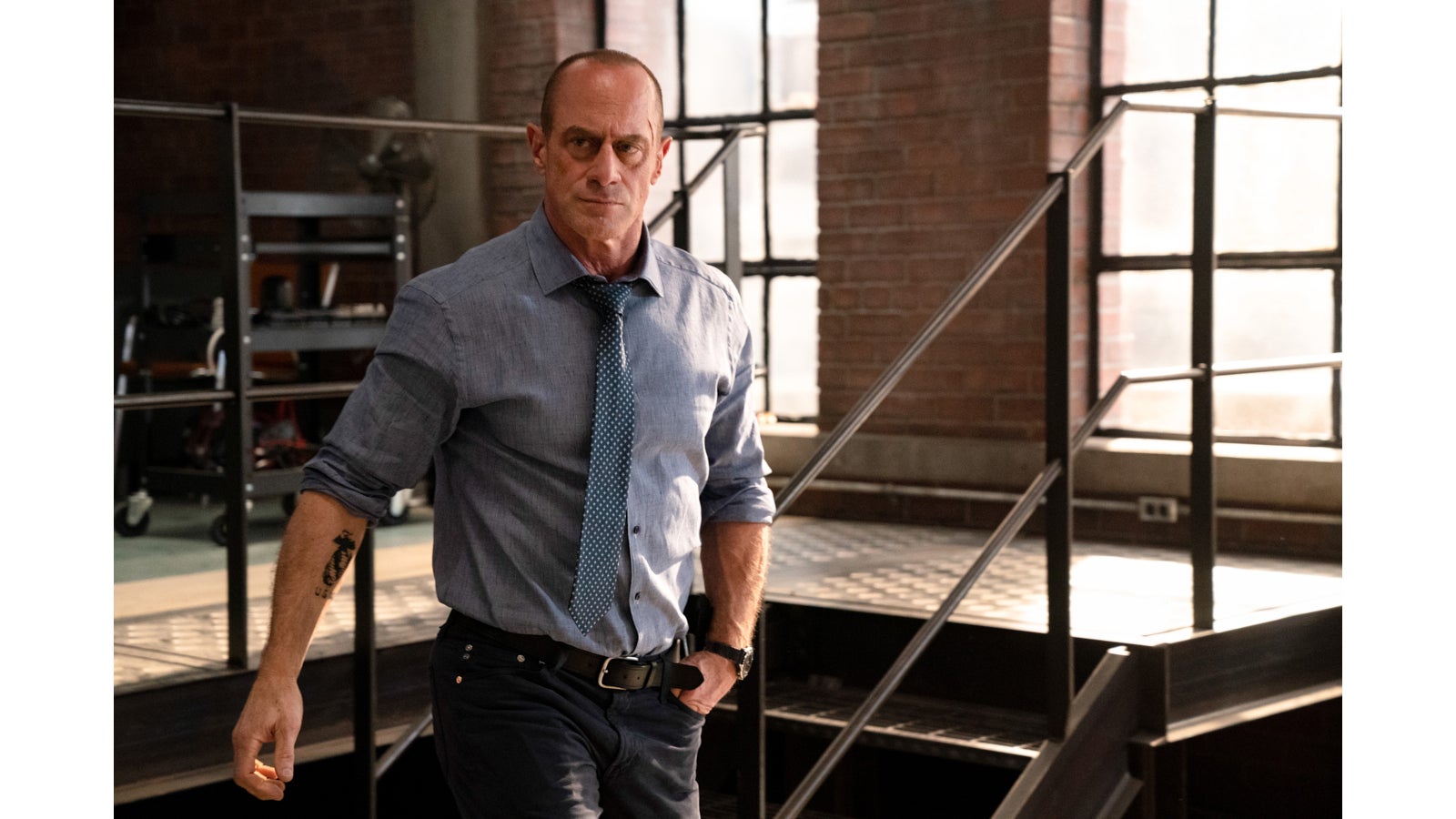
Photo by: Virginia Sherwood/NBC
In the case of the Task Force HQ set, used in both seasons, Denault was able to really flesh out the look of it. “Through the windows, you want a sense of bluer sky that comes in, so we have a row of Skypanels to give us that, and we have ARRI T12s on tracks for sunlight source. Inside the set, we have a combination of practicals. Our set decorator, Chryss Hionis, found a company in Texas that manufactured the hanging fluorescent lights for us without electronics inside. We put our own Quasar tubes in them so we could control the light levels. The ceiling of the set is all muslin, because of fire codes. This turns out to be a nice benefit for lighting! Hanging lights above the muslin is a very simple way to give an even fill light over a large area. Once the lighting was installed, gaffer Dave Samuel, key grip Kevin Smyth and I spent about half a day setting start points for day and night looks, and solving whatever last-minute problems we saw. Since then, we’ve been shooting the set without changing anything significant. It’s an easy and interesting set to shoot especially with the multi-level platforms.”
Working with so many variations of skin tone and textures, Denault gave kudos to the show’s colorist. “I do my best to light and expose the characters, and Skip is a master at being able to bring out the richness of people’s skin tones,” he said. “Sergeant Bell (Danielle Moné Truitt) has this incredibly beautiful darker range of skin tone, and the Sony VENICE gives Skip what he needs to represent her the way she should look. It’s about dynamic range and being careful how we expose for our LUT, and the VENICE’s color science and flexibility is a large part of that.”
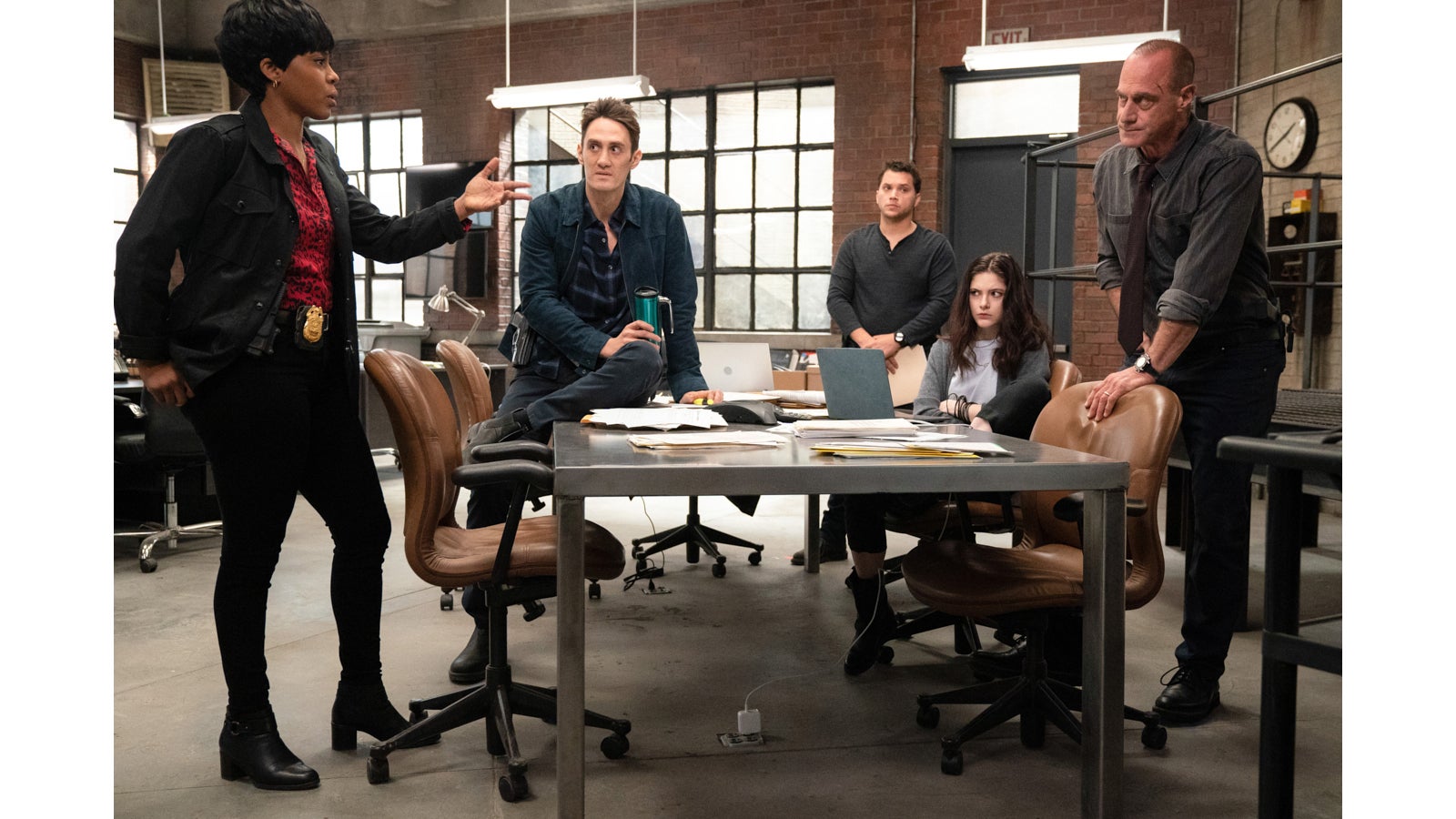
Photo by: Virginia Sherwood/NBC
In Season 2, Detective Stabler goes undercover with the Albanian mob. “I was influenced by ‘Serpico’ and those 70s New York crime dramas. We wanted to make it grittier for the Albanian mob underworld look. A certain amount of that comes from art direction and costume design. The costume, hair style and makeup changes were a big transformation for Chris, and it creates a whole other character.”
One of Denault’s favorite features of the Sony VENICE is the built in ND filters. “Putting a filter in front of a lens changes the characteristics of the flares you get. So, from an aesthetic standpoint, I like that the filter is behind the lens. To be able to push a button and change it immediately saves us a lot of time on set. I also like the range. I very rarely use the 2.4, I’m always somewhere from 1.8 to 3, but having one-stop increments is a key advantage with VENICE. If I ever needed to go really deep, the 2.4 filter is useful. I try to keep the lens around 2.8, and outdoors, it usually ends up being 1.8 filter.”
Denault enjoys the speed and pace of episodic TV. “I equate it to ‘Iron Chef.’ You are given your surprise ingredients, the clock starts running, and you start cooking because you only have so much time. You can’t overthink it and there are rarely do-overs. The skill is: how do you pull something off on the spot on a consistent basis? I get a kind of rush from how spontaneous it is. On a movie, I get nearly as much time to prep as I get to shoot. But on season 1 I could not scout and had very little advance prep, I had to improvise every day. It’s pretty much made up on the spot. Of course I will start with some overarching ideas but, in the end one just has to be there in the moment, and do it.”
“Law & Order: Organized Crime” is streaming on Peacock, FubuTV and Peacock Plus.

